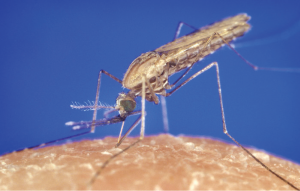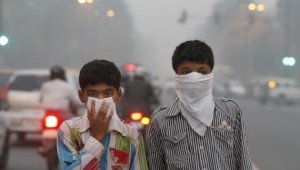The Climate Change Research Group uses numerical models, environmental observations, statistical analyses, and machine learning techniques to ask questions pertinent to Earth’s and other planets’ climates. We study an array of subjects across diverse spatiotemporal scales, and continually seek compelling new research ideas.
Below you’ll find brief synopses of some of our research, but for detailed information, there’s no better place to look than the Publications page. There you’ll find a list of, and links to, our peer-reviewed manuscripts. If you’re unable to access our manuscripts due to paywall restrictions, please send an email – we are happy to share. For media takes on our research, please consult the Press page.
Detection, Attribution, and Projection:
High-impact, extreme weather events are the primary means by which society has experienced, and will continue to experience, climate change. Observations indicate that some extreme weather events, for example, heatwaves, floods, and droughts, have become more frequent and/or more intense. In principal, positive trends in the likelihood and intensity of these events could be due to thermodynamic changes (e.g., more heat and water vapor in the atmosphere), dynamic changes (e.g., more frequent or persistent atmospheric circulation patterns), or a combination of both. Our research employs spatial clustering methods that attempt to isolate the dynamic and thermodynamic climate change signals. We use this methodology to characterize extreme events, as well as conduct climate change detection, attribution, and projection analyses.
Climate Change Impacts:
To plan for, adapt to, and/or mitigate the effects of climate change, citizens, corporations, and policy makers require a better understanding of the consequences of anthropogenic climate change on human, agricultural, ecological, and environmental systems. Much of the CCRG’s research focuses on the intersection of climate change and public health, and seeks to elucidate the effects of future climate change on subjects that range from infectious disease to air quality.
Air Quality:
Air pollution is a leading cause of respiratory infections, heart disease, and lung cancer. The World Health Organization attributes 1.3 million deaths per year to poor air quality and suggests health risks can be significantly reduced with improved air quality. Attempts to regulate the emission of pollutants via Clean Air legislation have successfully improved air quality in some countries but issues remain, particularly in developing nations. The specter of global warming adds an additional layer of complexity to the issue, as changes in the circulation of the atmosphere may influence the meteorological conditions that help to regulate air quality. To determine how global warming may influence future air quality, our work researches the meteorological factors associated with past poor air quality and studies how those meteorological factors may change in a world warmed by greenhouse gases. To date, this research suggests that if future Clean Air regulatory objectives are to be met, more stringent emission control measures may be required in order to offset the pollutant-accumulating effects of global warming on the meteorological factors that help to regulate air quality.
Planetary Habitability:
Planets that orbit stars outside our solar system, aka exoplanets, are common in the Universe, offering the possibility that worlds other than our own have climates that support life. Observation and characterization of the atmospheres of exoplanets around distant stars is just on the horizon, with ground- and space-based missions targeting habitability indicators in development. Leveraging general circulation models (GCMs) to study exoplanets can help inform their habitability potential and may provide critical knowledge of observational targets and detectable atmospheric discriminants. In particular, 3D chemistry-climate models (CCMs) can be used to study the feedbacks, interplay, and synergies between photochemistry, atmospheric dynamics, and surface climate. Researchers in the CCRG are actively engaged in the modification of Earth-based GCMs/CCMs to simulate atmospheres of planets orbiting both Sun-like and M-dwarf stars.
Paleoclimate:
Developing an understanding of the evolution of Earth’s climate system is fundamental to the geologic and climatic science disciplines. Earth system modeling of past climates can be used to gauge the ability of climate models to simulate geologically inferred climate patterns, to shape and verify observation-driven hypotheses, and/or to engender confidence in the ability of models to project future environmental change. On-going work in the CCRG uses Earth system models to explore the interactions of Earth’s atmosphere, cryosphere, biosphere, and lithosphere in both shallow- and deep-time settings.






